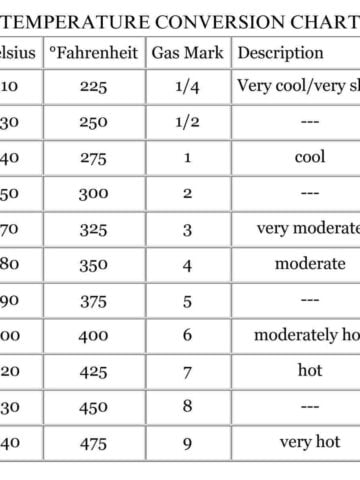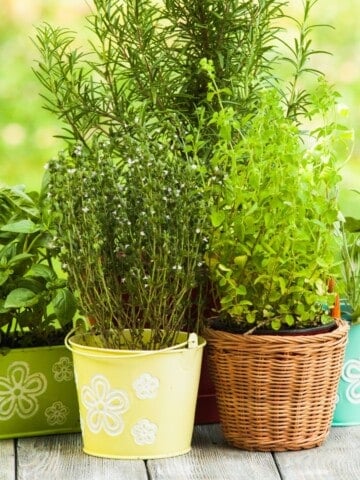Imagine you are dining out, you've ordered a coveted bottle of wine. How does the sommelier extract the cork from the bottle? Or how do you do it at home? Finally, discover the proper way here with no spills (terrible waste!) or bits of cork in your wine! (Horror!)

Jump to:
🍷The Art Of Opening Wine
So, how does the sommelier go about extracting the cork from the bottle?
And what is the mystique about the ritual?
The first understanding is that the wine must be treated with respect.
This is increasingly so with expensive and older wines, especially those that may have sediment.
The last thing you want to do is disturb what is in the bottle and mix the sediment with the wine.
🍾What Is The First Requirement For Opening Wine?

The first requirement when opening wine is a good corkscrew, tire buchon, in French.
Acquire one that has two stepped stages or ridges to it, and a small blade for cutting the foil.
These are sometimes referred to as sommelier knives.
Once you have your own corkscrew, guard it jealously, and don’t share it.
🔢5 Steps To Opening Wine Properly
Step 1
In a restaurant, wine should be presented to the guest so that they can verify that it is the wine they ordered. The wine might then be taken to the table, but it should be opened only in the presence of the guest. Not all restaurants observe this nicety, but you want to be sure that the wine has been treated properly.
Step 2
Cut off the foil. A sommelier knife is constructed with a blade on one end and a folded corkscrew on the other. Open the blade and use it to score the foil just below the lip at the top of the wine bottle. Remove the foil cap and discard it, then close the knife into its recess. The foil should always be cut just below the lip of the wine bottle to prevent any wine from touching it when poured. Coming into contact with the foil can alter the taste of the wine.

Step 3
Unfold the corkscrew, having placed the bottle of wine on the table (never try to open it while in your hands, resting on your hip, or whatever…) and insert it in the cork. Position the tip of the corkscrew in the centre of the cork, push it in and begin twisting, while holding the bottle firmly. Keep twisting the corkscrew until you have only one twist left. Don't twist too far into the cork, or pieces from the bottom of the cork may get dislodged into the wine. But, if you don't twist far enough, the cork may break in two when you try to extract it.
Step 4
Begin dislodging the cork. Move the lever arm down toward the neck of the bottle. Set the first ridge at the bottom of the lever arm on the lip of the bottle. Push down on the lever so that the cork begins moving upward. If necessary, use the second set of ridges on the lever arm to continue dislodging the cork.
Make sure you have a firm grip on the bottle, and that the lever arm is firmly in place, before you begin pulling up. Otherwise, the arm might slip, and there is the risk of injury to your fingers. If the cork won't budge, you may not have screwed the corkscrew in far enough. Twist it until there is only one twist remaining before using the lever.
Step 5
Remove the cork. Pull up the handle of the sommelier knife's handle firmly. The cork should easily lift from the bottle with a slight pop. If the cork doesn't lift from the bottle, screw the corkscrew in deeper, lift the cork using the lever arm, and try pulling on the handle again. The cork is set on the table for the guest to examine for signs of freshness…or keep as a memento.
Learn about different French wines here.
🙌Opening Wine & Tasting The Wine
Why do restaurants ask you to taste the wine?
Firstly, the restaurant will assume you know what you are ordering, but unless you are trained in wine tasting techniques and have a good palate, then you probably won’t be able to contest what it says on the label.
So, you are not tasting it to see if you like it.
You may be tasting it to ensure that it hasn't turned sour, but that’s unlikely to happen with other than the oldest of wines.
No, actually, you’re not ‘tasting’ the wine at all (although you can, of course). Let the sommelier pour a little in your glass, only the person who ordered the wine should be invited to taste it. They, of course, can defer to someone else.
Then you swirl it around, ideally keeping the glass in touch with the table rather than lift it in the air. This is to allow the aroma of the wine to rise.
Next, stick your nose into the glass. If there is a slight musty smell, the wine has "corked", i.e. reacted with the cork, and is undrinkable, and should be replaced. Otherwise, accept the wine without actually tasting it.
It necessarily follows, that if the wine doesn't have a cork, i.e. it has a screw cap, then it can’t be corked. So, there is probably no need whatsoever to do anything other than allow the waiter to pour it!

✅Opening Wine & Decanting
When opening wine, using a decanter to pour wine into, especially red wine, is a great way to liberate the qualities of the wine.
Bear in mind that the wine has been cooped up in that bottle for a number of years, and will benefit from stretching its legs, so to speak.
So, decanting is the way to do this. Don’t be afraid of asking for red wines in particular to be decanted.
Ideally, this, too, should be done at table, so that you know for sure that the wine you ordered is the wine that goes into the decanter.
High end restaurants would never try to pull a fast one, but lower down the chain, you can’t always be sure and you want to be sure.
When the wine is being decanted the sommelier will do so steadily, keeping an eye on the shoulder of the bottle because this is where any sediment, if it is present, will gather.
You don’t want that sediment in your decanter, so if the sommelier appears to be leaving wine in the bottle, it’s for a good reason.
🥂Opening Wine & Pouring Wine
Many sommeliers and wine waiters pour the wine while holding the bottle with their thumb in the hollow base, and supporting the bottle with the rest of their hand. This is (arguably) a bit affected, and done for show.

There is nothing wrong, and much to be preferred, with taking a firm grip on the bottle, and pouring it with confidence, even to the extent of supporting the neck with your free hand, possibly holding a napkin to catch any drips.
Never fill a wine glass, whatever the wine, more than half way. You want the aroma of the wine to develop, and to appreciate it. Overfilling a glass isn’t going to give it the room to do this. Learn How To Taste Wine to get the most out of this godly nectar.
With the large bulbous glasses often used for red wine, fill to no more than one-third.
Hopefully you have enjoyed and benefited from these tips and facts about wine!
And always remember…
Wine Is King, Treat It With Respect





Did you make this & like it or not, let us know?!